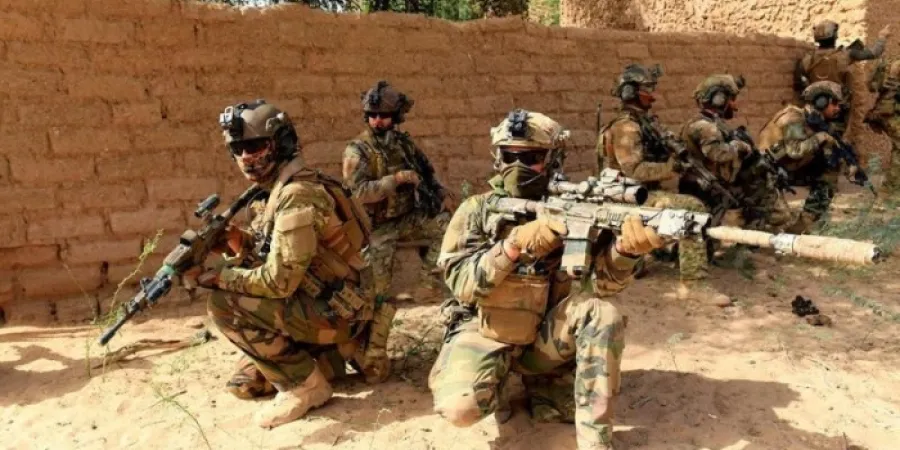Report: French Army seeks to procure multi-caliber sniper rifles
The weapons in question must be able to fire .408 CT and .50 caliber ammunition via a barrel change, the report said
Eyal Boguslavsky
| 13/01/2021
France's Army issued a restricted tender last weekend for the supply of multi-caliber sniper rifles, according to French website Forces Operations Blog. The weapons in question must be able to fire .408 CheyTac (CT) and .50 caliber ammunition via a barrel change. According to the website, there are not many details available about the tender, except that it has a budget ranging from 340,000 euros to 3.5 million euros for a period of seven years, with a single supplier, and the deadline for submitting applications is February 15th.
The Army is said to be seeking rifles that offer flexibility by enabling a quick switch from one caliber to another depending on the target and operating conditions. The website estimated that the number of potential suppliers can be counted on one hand. Among the best known, it said, are American company Desert Tech's Hard Target Interdiction model, and British Accuracy International's AX 50 ELR.
The .50 caliber is widely used in the Army thanks to the use of the Hecate II sniper rifle, but the use of the .408 CT caliber, which started recently, is infrequent. Within the Army, it is currently reserved for special forces. The 1st RPIMa special forces unit, for example, was equipped with the CDX-40 Shadow model designed by Canada's CADEX. The .408 CT rifles facilitate movement and preserve the physical potential of the shooter while maintaining higher caliber performance, the report said.
Thus, the use of .408 CT ammunition could be used more widely than today. According to the website, in June 2019, when a team of long-distance snipers of the 1st infantry regiment was equipped with a CDX-40 rifle as part of an Army study, the results were a significant reduction in the overall weight of the soldier, an increase in the percentage of long-distance hits on the first shot, and overall technical superiority compared to the equipment provided.
The weapons in question must be able to fire .408 CT and .50 caliber ammunition via a barrel change, the report said
France's Army issued a restricted tender last weekend for the supply of multi-caliber sniper rifles, according to French website Forces Operations Blog. The weapons in question must be able to fire .408 CheyTac (CT) and .50 caliber ammunition via a barrel change. According to the website, there are not many details available about the tender, except that it has a budget ranging from 340,000 euros to 3.5 million euros for a period of seven years, with a single supplier, and the deadline for submitting applications is February 15th.
The Army is said to be seeking rifles that offer flexibility by enabling a quick switch from one caliber to another depending on the target and operating conditions. The website estimated that the number of potential suppliers can be counted on one hand. Among the best known, it said, are American company Desert Tech's Hard Target Interdiction model, and British Accuracy International's AX 50 ELR.
The .50 caliber is widely used in the Army thanks to the use of the Hecate II sniper rifle, but the use of the .408 CT caliber, which started recently, is infrequent. Within the Army, it is currently reserved for special forces. The 1st RPIMa special forces unit, for example, was equipped with the CDX-40 Shadow model designed by Canada's CADEX. The .408 CT rifles facilitate movement and preserve the physical potential of the shooter while maintaining higher caliber performance, the report said.
Thus, the use of .408 CT ammunition could be used more widely than today. According to the website, in June 2019, when a team of long-distance snipers of the 1st infantry regiment was equipped with a CDX-40 rifle as part of an Army study, the results were a significant reduction in the overall weight of the soldier, an increase in the percentage of long-distance hits on the first shot, and overall technical superiority compared to the equipment provided.



